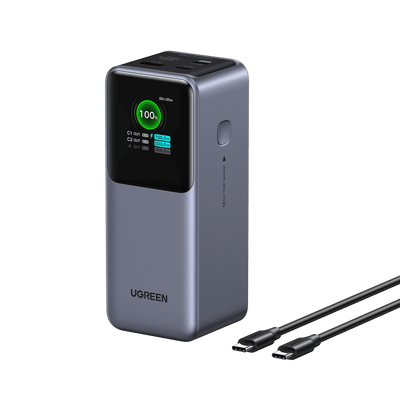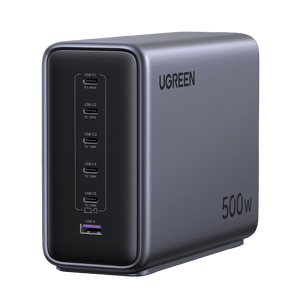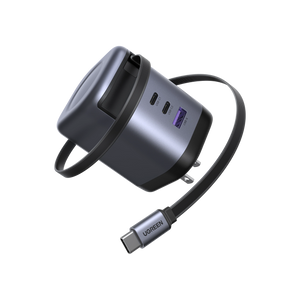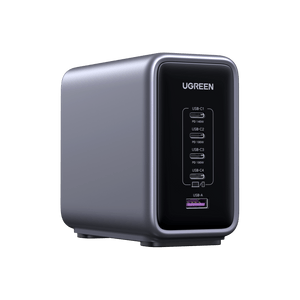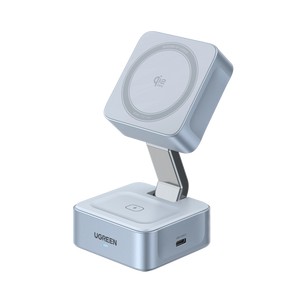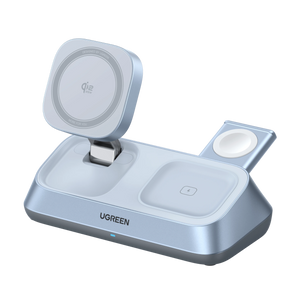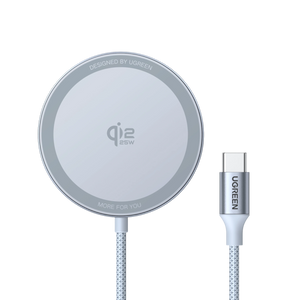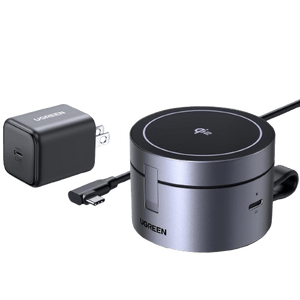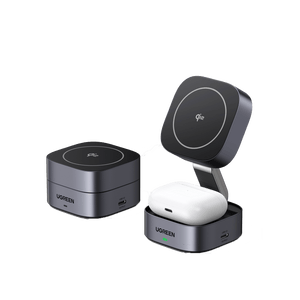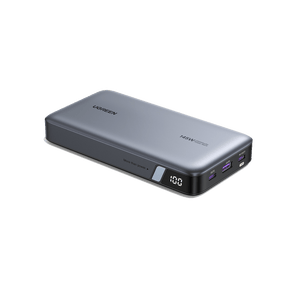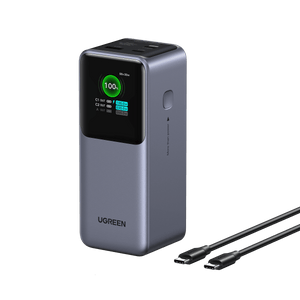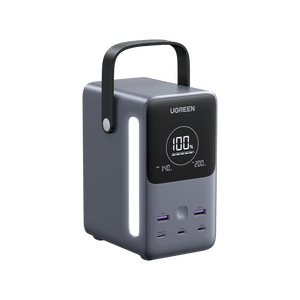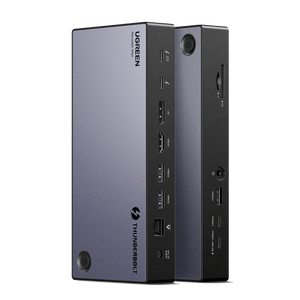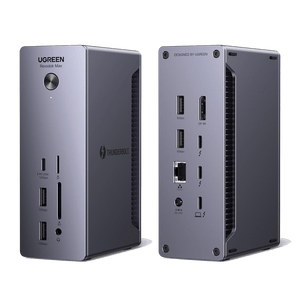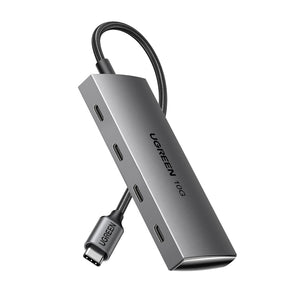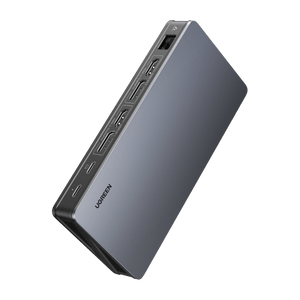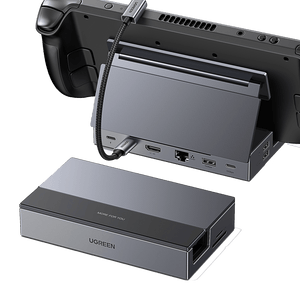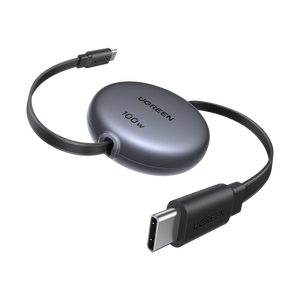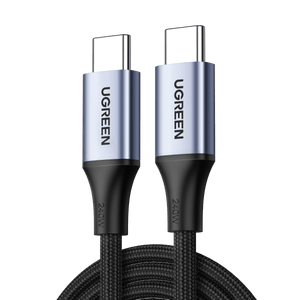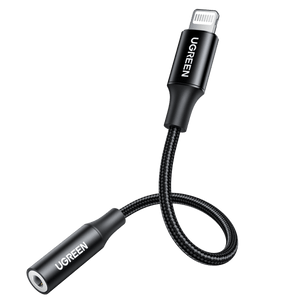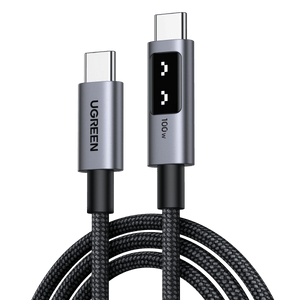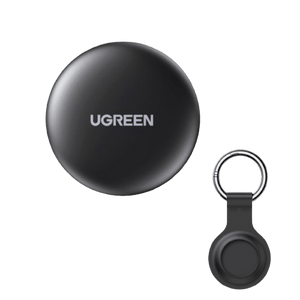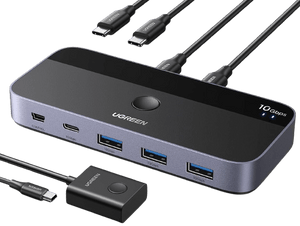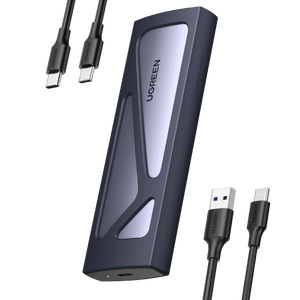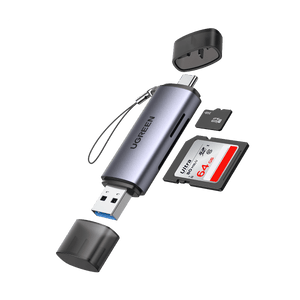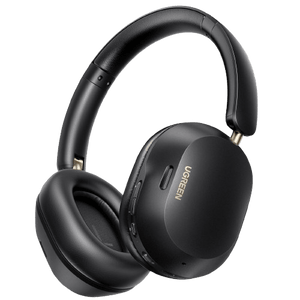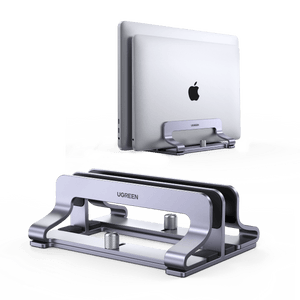5 Key Factors to Consider When Choosing a Travel Portable Charger
When you’re overseas, finding a way to charge your devices can sometimes feel like a treasure hunt. Airports, planes, and new cities don’t always offer easy access to plugs. Plus, different countries use different voltages and plug layouts. Without the right adapter or enough power, you could be stuck. A reliable portable charger solves that problem. It keeps your phone, tablet, or camera ready for navigation, photos, or even emergencies, no matter where you are.

Not every portable charger fits the bill for travel, though. Picking the right one means looking at a few key things to ensure it meets your needs on the go. In this guide, we’ll cover five important factors to help you choose the perfect travel companion:
- Battery Capacity: How much power do you need to stay charged?
- Size and Portability: Will it fit in your bag without weighing you down?
- Charging Speed and Compatibility: Does it juice up your devices fast and work with all of them?
- Travel-Specific Considerations: Is it airline-approved and ready for international quirks?
- Price and Value: Are you getting a good deal for what it offers?
Let’s take a look at each of these.
1. Battery Capacity: Ensuring You Stay Powered
When you’re choosing a power bank, battery capacity is the first thing to consider. Think of it as the gas tank for your charger; the bigger it is, the more power it holds. But how do you figure out what size works best for your travels?
Battery capacity is measured in milliampere-hours, or mAh. Don’t let that term scare you; it’s simpler than it sounds. Basically, the higher the mAh number, the more times you can juice up your devices before the charger itself needs recharging.
Let’s put it in perspective. Say your phone has a 3,000mAh battery (pretty standard for models like the iPhone 14 or Samsung Galaxy). A 5,000mAh charger can fully charge it once and leave some extra power. Heading out for a weekend trip? That might do the trick. But if you’re snapping photos, checking maps, or watching videos on a longer journey, you’ll likely need more capacity.
{{UGPRODUCT}}
Here’s a quick rundown to match your travel plans:
- 5,000mAh charger: Great for a short boost or a weekend getaway. It’ll charge most phones once or twice.
- 10,000mAh charger: Perfect for most travelers. It can power a smartphone 2 - 3 times or a tablet once, ideal for a 3 - 5 day trip.
- 20,000mAh charger: Built for bigger adventures, like a week or more. Expect 4 - 6 phone charges or enough capacity to handle multiple devices.
- 30,000mAh or higher: A powerhouse for long trips or if you need to keep a phone, tablet, and camera alive. It’s bulkier, but it offers maximum power.
Want a handy tip? Check your phone’s battery size in its settings or look it up online. For example, an iPhone 14 has about 3,279mAh, and a Samsung Galaxy S23 is around 3,900mAh. Knowing this helps you pick the right charger capacity.
Your travel habits matter, too. If you barely touch your phone, a smaller charger might be fine. But if you’re constantly using it, or sharing power with a travel buddy, aim for something bigger. It’s better to have extra juice than to get stuck with a dead battery halfway through your day.
2. Size and Portability: Travel-Light Without Compromise
When you’re packing for a trip, every ounce counts. You don’t want a power bank that feels like a brick in your bag. But here’s the catch: bigger capacity chargers are usually heavier. So, how do you find the sweet spot between enough power and something that won’t weigh you down?
First, think about where you’ll carry your charger. Will it live in your pocket, a purse, or a backpack? For pocket-friendly options, look for chargers that are slim and lightweight, perhaps something under 6 inches long and less than 8 ounces. These are great for short trips or if you just need a quick emergency boost.
If you’re okay with a bit more bulk, a charger around 10 ounces can fit easily in a small bag or daypack and still pack plenty of power. For longer trips where capacity is key, you might need a charger that’s a little heavier, but try to aim for something under 1 pound to keep your load manageable.
Here’s a quick guide to help you choose based on size and weight:
- Pocket-sized (under 6 inches, 5 - 7 ounces): Perfect for day trips or minimalist travelers. These chargers usually hold 5,000 - 10,000mAh, enough for 1 - 2 phone charges.
- Compact (6 - 7 inches, 8 - 10 ounces): A solid choice for most travelers. They often have 10,000 - 20,000mAh, which can power multiple devices over a few days.
- Heavy-duty (over 7 inches, 12+ ounces): Best for long trips or power users charging tablets and cameras. These can have 20,000mAh or more but might feel bulky in smaller bags.
Want a pro tip? Check the charger’s dimensions and weight listed online before buying. Some chargers are specifically designed to be ultra-slim, almost like a credit card, which is perfect for slipping into a wallet or passport holder.
{{UGPRODUCT}}
Also, consider the shape. A charger that’s long and thin might fit better in a side pocket of a backpack, while a flatter, square one could stack neatly with other items. It’s all about what works best for your packing style.
3. Charging Speed and Compatibility: Efficiency on the Go
A portable charger isn’t much good if it takes forever to charge your devices or doesn’t work with them at all. Check the output power, often measured in amps (A) or watts (W). A charger providing 2A or more (or around 10W+) usually means faster charging. Some even feature specific “fast charging” technologies like USB Power Delivery (PD) or Quick Charge, potentially cutting charge time significantly. If your phone supports fast charging (like many newer iPhones or Androids), make sure your power bank does too for the best performance.
Compatibility is just as crucial. Not every charger fits every device. It’s all about the ports available on the charger. Here’s a rundown of common types:
- USB-A: The traditional rectangular port. Works with most devices but generally isn’t the fastest.
- USB-C: The newer, smaller, oval-shaped port. Offers faster speeds and is increasingly common in modern phones, tablets, and even laptops. Often supports USB PD.
- Micro USB: An older, trapezoid-shaped port still found on some devices like cameras, headphones, or older Android phones. Often used to recharge the power bank itself.
- Built-in cables: Some chargers have cables permanently attached, which is super handy as there’s nothing extra to pack or lose.
For most travelers, a charger with at least two output ports, perhaps one USB-A and one USB-C, covers most bases. This allows you to charge your phone and something else, like a smartwatch or headphones, simultaneously. Got more gadgets? Look for chargers with three or more ports, or even consider one with a built-in wireless charging pad; just drop your compatible phone on it and go, cable-free.
Quick tip: Check the cables you already use for your devices. If your phone uses a USB-C to USB-C cable, you’ll want a charger with a USB-C output port. Matching the ports ensures you can use your existing cables. Bottom line: Choose a charger that’s fast enough for your needs and compatible with your gear. It’ll keep you powered up without the stress.
4. Travel-Specific Considerations: Navigating Regulations and Standards
Traveling internationally with a power bank? You’ll need to be aware of airline regulations and international power standards to keep things smooth and safe. Let’s break it down.
Airlines have strict rules regarding lithium-ion batteries, which power portable chargers. You generally cannot pack portable chargers in your checked luggage; they must be in your carry-on bag. This is a safety measure because if a battery were to overheat or catch fire, flight crews can respond much faster if it’s in the cabin rather than the cargo hold.
Furthermore, there’s usually a limit on the battery capacity allowed. Most airlines adhere to the TSA/FAA guideline, capping portable chargers at 100Wh (watt-hours) per battery. For most standard portable chargers (around 3.7V), this translates to roughly 27,000mAh. Chargers between 100Wh and 160Wh might be allowed with airline approval, but anything larger is typically prohibited. Always double-check your specific airline’s policy before flying, especially for chargers over 20,000mAh.
Now, what about charging the power bank itself once you’re overseas? Electrical outlets and voltage vary by country. In the U.S., you find Type A and B outlets (120V). Head to Europe, and you’ll mostly encounter Type C or F (230V). The U.K. uses Type G (230V). Your portable charger likely recharges via a USB cable connected to a wall adapter. The good news is that most modern wall adapters (like the one that came with your phone) are dual-voltage (handling 100 - 240V), making them safe for worldwide use. However, you will need a travel plug adapter to physically fit the wall adapter into the local sockets.
Here’s a simple checklist for hassle-free travel with your charger:
- Pack it in your carry-on: Never in checked luggage.
- Know the capacity limit: Stay under 100Wh (around 27,000mAh) unless you have airline approval.
- Bring a travel plug adapter: Get one that matches the outlets in your destination country or a universal adapter.
- Check your wall adapter’s voltage: Ensure it says “Input: 100 - 240V” (most do). You likely won’t need a separate voltage converter for charging electronics.
One final tip: Look up your destination’s plug type before you leave. A universal adapter that covers multiple regions is often a smart investment for frequent travelers; it works almost anywhere and saves you potential headaches.
In short, a little preparation goes a long way. Stick to these guidelines, and your power bank will be a reliable power source wherever your travels take you.
5. Price and Value: Getting the Most for Your Money
Finally, let’s talk about cost. Portable chargers range widely in price, from budget-friendly options under $20 to premium models over $100. How do you know if you’re getting good value?
Generally, price correlates with capacity (mAh), charging speed, number of ports, build quality, and brand reputation. A higher capacity charger with fast charging technology and multiple ports will naturally cost more than a basic, low-capacity model.
Consider what features are most important to you based on the factors above. Do you absolutely need the fastest charging speed, or is moderate speed acceptable? Is a massive capacity essential, or will a smaller, cheaper charger suffice for your typical trips?
Don’t just grab the cheapest option available. Extremely low-priced chargers from unknown brands might lack safety certifications (like UL), use lower-quality battery cells that degrade quickly, or exaggerate their capacity ratings. It’s often worth spending a little more for a charger from a reputable brand known for reliability and safety, such as Anker, UGREEN, RAVPower, or Belkin.
Look for deals and read reviews from other travelers. Sometimes you can find high-quality chargers on sale. Reviews can give you real-world insights into a charger’s performance, durability, and true capacity. Balancing features, reliability, and price will help you find the best value for your specific needs.
Don’t forget—travel essentials go beyond just charging your devices
While a reliable power bank keeps your phone or tablet running throughout the journey, a smart tracker like the UGREEN FineTrack Smart Finder adds a vital layer of security to your travels. Whether you're navigating crowded airports or exploring new cities, it helps ensure you don’t lose what matters most—your luggage, passport, wallet, or backpack.
The UGREEN FineTrack is Apple Find My certified (iOS only), so you can connect it directly through your iPhone without downloading extra apps. Thanks to global tracking, a loud 80 dB alarm, and end-to-end encrypted location data, you can locate your items with precision and confidence. It also features a left-behind alert, reminding you if you accidentally leave something behind.

What sets it apart is its replaceable CR2032 battery that lasts up to 2 years, along with UL4200A child-safe certification for added safety. The compact size (only 36 × 36 × 7.4 mm) makes it easy to attach to keys, bags, or electronics.
💡 Need something even slimmer?
UGREEN also offers a FineTrack Slim version, ideal for sliding into your passport holder or wallet—a discreet way to prevent your most valuable documents from going missing on the road.
Conclusion
Choosing the right portable charger for international travel doesn’t have to be complicated. By considering battery capacity, size and weight, charging speed and compatibility, airline rules, and overall value, you can find the perfect power bank to keep your essential devices running. Whether you need a slim charger for short city breaks or a high-capacity workhorse for extended adventures, the right choice ensures you stay connected, capture memories, and navigate new places with confidence. Ready to hit the road? Grab a charger that fits your travel style, and stay powered up no matter where your adventures take you.







